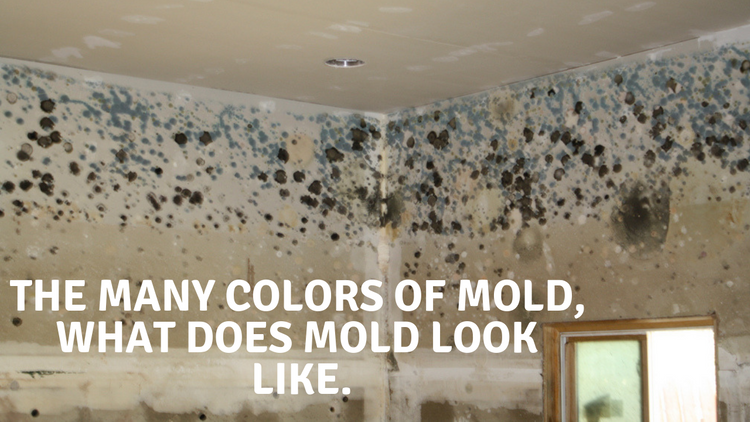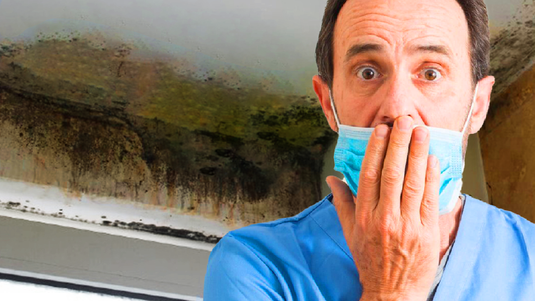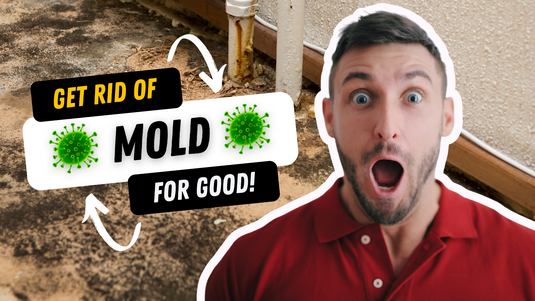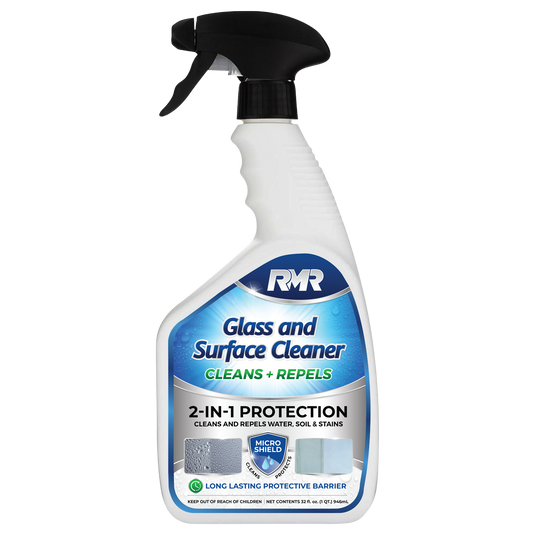There are a number of pests and hazards that homeowners need to keep away from their homes and they tend to come in a limited variety of colors, usually ranging between black, white, gray, and brown. However, there is one home hazard that comes in almost every color of the rainbow and can grow almost anywhere in your home. Looking carefully at your mold colors, you may be able to identify what is growing in your home and even connect some recent health problems you've been having to the colorful spores.
When most people think of mold, they think green and fuzzy or possibly the dark blue-green you see on old loaves of bread. You may have been taught to keep an eye out for 'black mold' as this is the most dangerous variety but in reality, mold not only comes in a wide variety of colors, it also changes colors over its lifetime. Today we're going to take a look at the many colors of mold and what you might be seeing if you're trying to identify a patch of mold found in your home.
What is Multi-Colored Mold?
You may have noticed that our mold colors are mostly not listed one color at a time. This is because most types of mold appear with a small array of colors, ranging from white at the edges to a dark or bright color in the center. The color are the spores themselves, the second surrounding color is the body, and the white or gray are the filaments that explore and produce spores.
What is Green Mold?
Mold is a plant which means that green is by far the most common color. However, a green growth in your home is also not necessarily mold. Many types of fungus grow green and you might even be looking at moss under certain conditions. Unfortunately, because green is such a common mold color, it would be difficult to identify without a lab test.
What is Olive-Green, Brown, and Gray Mold?
One of the most common types of mold to find in your home goes by the name of Cladosporium. This mold can be found both indoors and outdoors and is identified by dark olive green spore clusters surrounded by gray and brown discolored splotches. It tends to form a combination of thick dark clusters but sometimes appears as a lighter olive green.
Cladosporium is associated with infections, particularly skin infections, eye infections, and sinus infections. In some rare cases, it has also been known to be associated with fungal meningitis, a type of brain infection.
What is Blue-Green and White Mold?
Whenever you see blue-green mold, think penicillin or another mold within the Penicillium genus. The blue-green color is distinctive though it can come in a variety of shades ranging from dark green with a bluish tinge to brilliant turquoise spores. In some cases, penicillium mold may appear navy blue with pale blue and white surrounding discoloration. If you see white, it is likely evidence of mold body that has not yet produced spores or after the blue-green spores have been released.
Penicillium molds are not good for you and will not fight illness the way processed penicillin will. It is associated with allergic reactions and some people may develop an allergy for this type of mold while living in a home with the blue-green colonies. It has also been known to trigger asthma and sinusitis along with pulmonary inflammation.
What is Yellow-Green and Black Mold?
If the mold you are looking at appears to have yellow spores with variations of green and/or black, this is most likely to be Aspergillus or a closely related mold relative. Aspergillus can also not appear to be yellow at all and is often seen as black and gray growths and has been known to favor ceilings more than other molds.
Breathing Aspergillus can be completely harmless but long-term exposure can cause some people to develop some truly disturbing side-effects. Those with weakened immune systems can have breathing and sinus problems and pulmonary aspergillosis is what it's called when balls of Aspergillus fungus form in your lungs.
What is Black and Gray Mold?
If what you are looking at appears to be mostly gray with small dark black centers, then you might be dealing with Alternaria mold. This is an incredibly common type of mold and has been found in dust in the vast majority of residential buildings. Alternaria can form hundreds of small dots and in large masses, appears more gray than black.
Alternaria is one of the least harmful types of old but the spores can cause the same symptoms as tree or bush pollen. This type of mold triggers allergies, worsens asthma, and you can breathe enough spores to make it difficult to absorb enough oxygen.
What is Pink Mold?
Bright or soft pink growths are most common in your bathroom but can be found almost anywhere mold grows. But believe it or not, this is not actually a mold. Pink 'mold' is, in fact, a bacteria known as Serratia marcescens and it most enjoys soap residue left in tubs and sinks. The fact that it is a bacteria explains the slimy appearance and texture, where molds tend to be fuzzy instead.
Fortunately, the pink Serratia is not directly dangerous to your health. Though it has been associated with lung and urinary tract infections, these occur in hospitals from respirators and catheters. However, it can become a risk in the home if pink 'mold' gets into your contact lens case, at which point the contacts can infect your eyes through the cornea.
What is Greenish-Black Mold?
Where some people might see the gray and black Alternaria and think that it is the legendary 'black mold' to be avoided at all costs, what is actually being discussed is Stachybotrys which grows in very dark black and greenish-black formations. Watch out for distinct greenish-black clusters with less surrounding discoloration than other molds.
Stachybotrys is associated with the worst of the health problems including both memory loss and bleeding lungs and is most common in regions that tend to be humid like the Pacific Northwest where exposure to the warm Pacific ocean keeps humidity high. It likes drywall, paper, and gypsum board best making your walls particularly at-risk.
What is Orange Mold?
Orange mold is almost never found inside but is one of the more brilliant colors of mold you can find in the wild. It is typically spotted eating rotted trees that have fallen in the woods so if you see bright orange mold inside your home, there is some serious rot and moisture going on and it's likely you're looking a home that has flooded in the recent past.
What is White Mold?
Finally, pure white mold, like green mold, could be almost anything. White is actually the default spore-free color of most molds and the exploratory tendrils of a mold are almost always white before they produce and release spores. This means that both very new mold will almost always appear to be white while old post-spore mold may appear to be blue, black, or gray.





